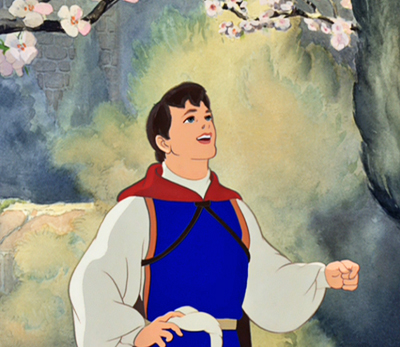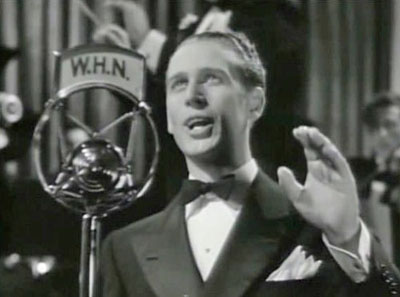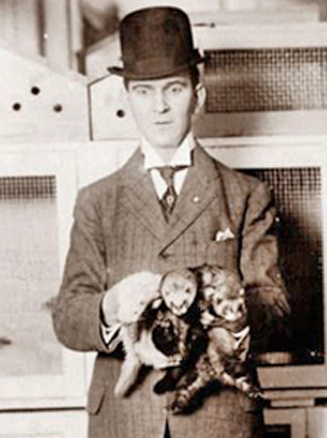
For three summers in the 1950s, a prince walked among us, and although his proper name was Harry Stockwell, he did not go by “Prince Harry.” He was, in fact, the voice of the Prince in Walt Disney’s 1937 film Snow White and the Seven Dwarfs, singing “One Song” in his regal baritone.
Stockwell’s first appearance in Skaneateles was actually in 1935, on the screen of the Huxford Theatre in Here Comes the Band. In the 1940s, Stockwell was on Broadway, playing the lead role of “Curly” in Oklahoma. In the following decade, he toured the country in summer stock.
In 1952, he came to the big, blue tent of the Finger Lakes Lyric Circus on the edge of Skaneateles to portray The Red Shadow in “The Desert Song,” John Kent in “Roberta,” Prince Danilo in “The Merry Widow” and Captain Warrington in “Naughty Marietta.” The following year he was Tommy Albright in “Brigadoon,” and the summer after that he reprised his role in “The Desert Song.”
I would love to know if he ever did “One Song” as an encore, or perhaps after dessert at the Sherwood Inn or Krebs.




